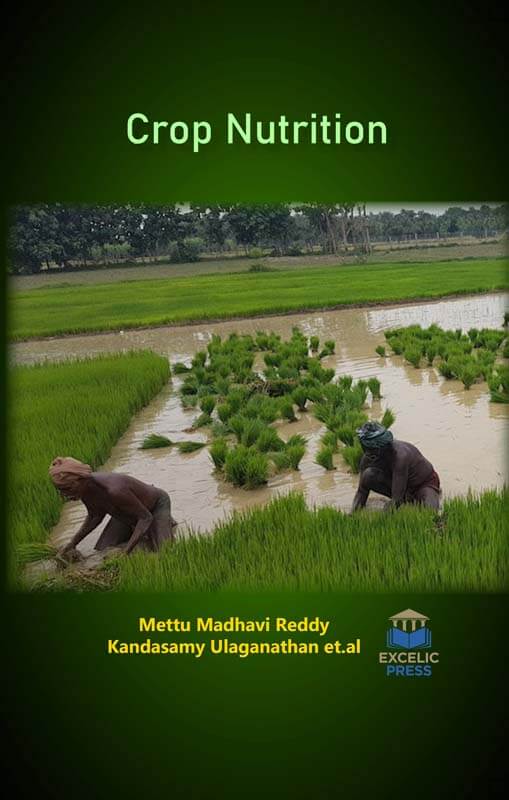Agriculture farming, previously dominated by production, currently has diverse objectives. The study of the environmental impacts of crops, the reduced costs of production and the balanced use of fertilization are among the main objectives of modern agriculture. Food security advances must be achieved by constantly improving grain yield per unit area. Consequently, managing agricultural nutrients to provide a safe food supply and secure the environment remains one of the immense challenges of the 21st century. Crop nutrient uptake and crop yields are the principal factors that determine optimal fertilization practices. Therefore, it is very important to apply fertilizers in an efficient way to minimize loss and to improve nutrient use efficiency.
In this book, you will gain the vital understanding required to recognize the intricacy of mechanisms and procedures through which crops process nutrients. Nitrogen is the most important macronutrient needed for plant growth and development. The availability of nitrogen in the soil fluctuates greatly in both time and space. Crop plants, except leguminous plants, depending on the supply of nitrogen as fertilizers. As most crop plants are non-leguminous and depend on soil nitrogen, more production could be achieved if crop plants can be made to utilize the available nitrogen efficiently. So, this book opens with discussion such possibilities in the context of recent understanding of nitrogen nutrition and the genomic revolution sweeping the crop science. Effect of zinc (Zn) application to soil on root growth and Zn uptake and translocation in winter wheat are poorly understood. So, this book highlight, Zinc (Zn) deficiency, which is a common micronutrient disorder in cereal plants, reduces crop yields and nutritional quality. Further, it emphasizes biochar and animal manure impact on soil, crop yield and quality mineral nutrition and fertilization of sugarcane. Agricultural production must increase to feed a growing and wealthier population, as well as to satisfy increasing demands for biomaterials and biomass-based energy. At the same time, deforestation and land-use change need to be minimized in order to preserve biodiversity and maintain carbon stores in vegetation and soils. Consequently, agricultural land use needs to be intensified in order to increase food production per unit area of land. In the context of on-going increases in demand for agricultural products resulting from both increases in population and shifts in dietary preferences, there has been considerable interest in potential production gains resulting from the intensification of agriculture, i.e. increasing management inputs in order to increase yields as discussed in the present book. The covered information in this book will be of particular interest to the students, scientists, researchers, and other stakeholders associated with the subject area.














Reviews
There are no reviews yet.